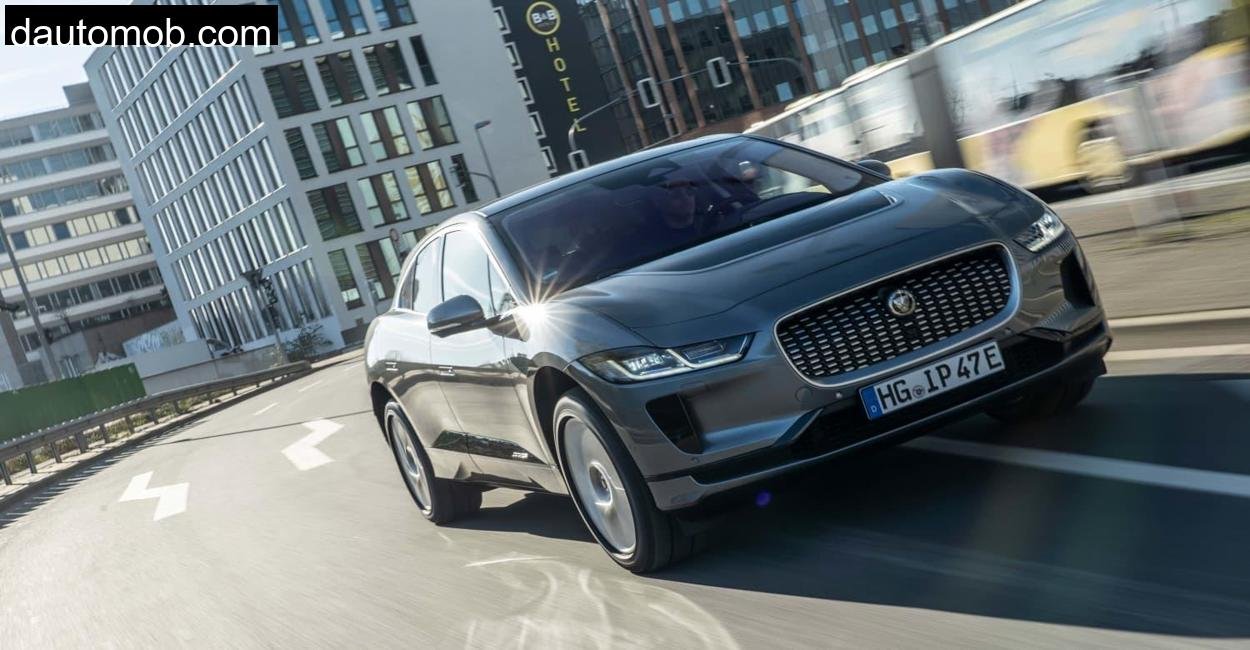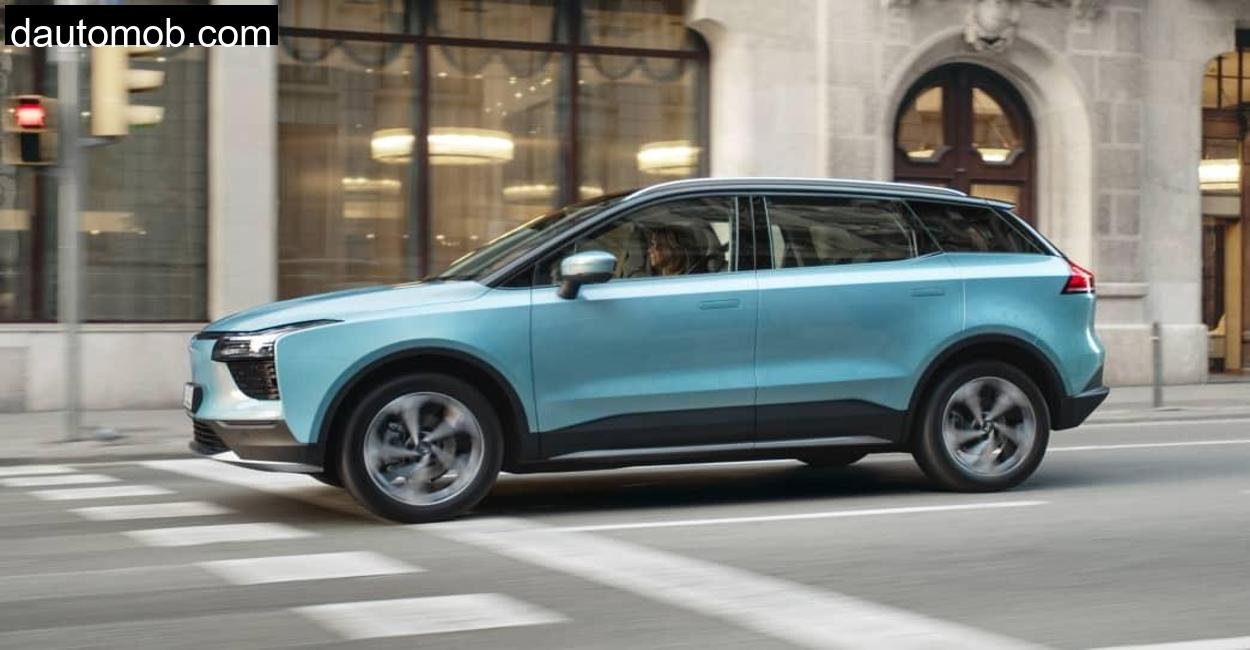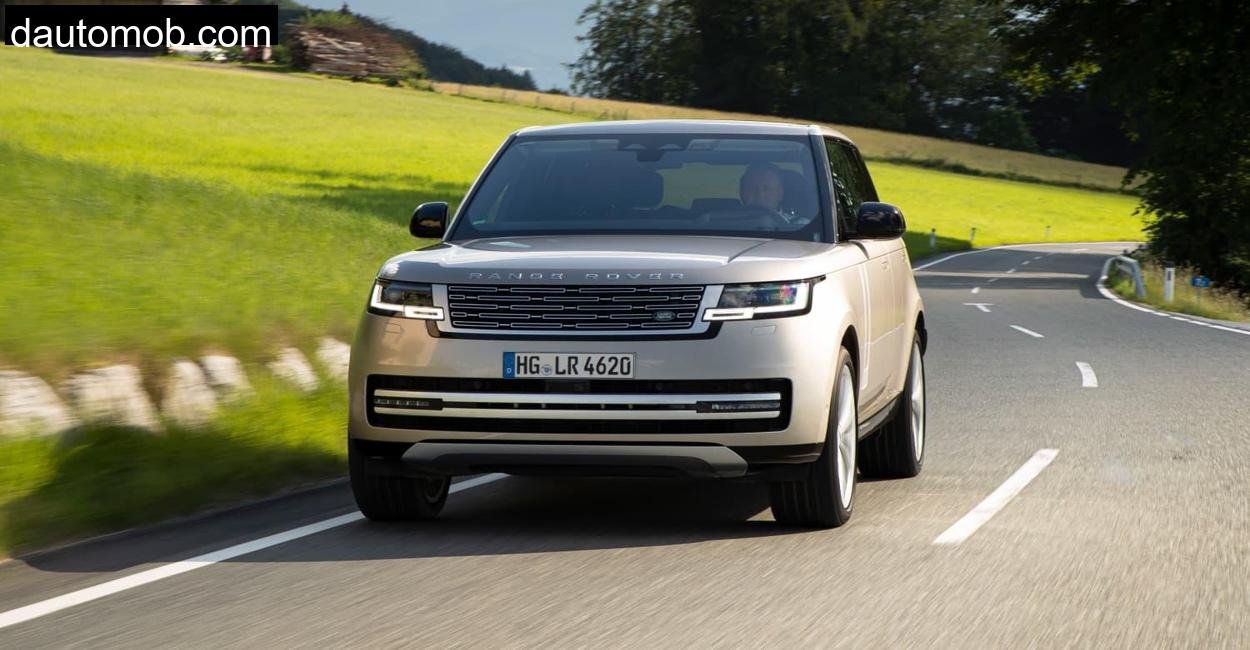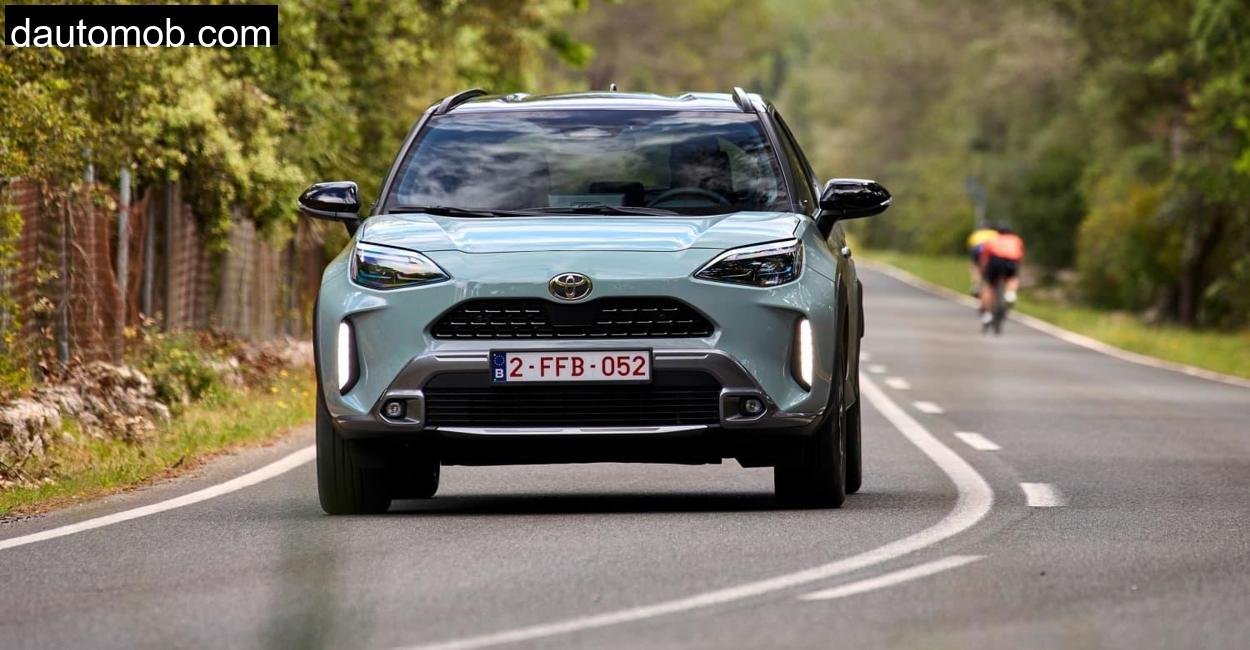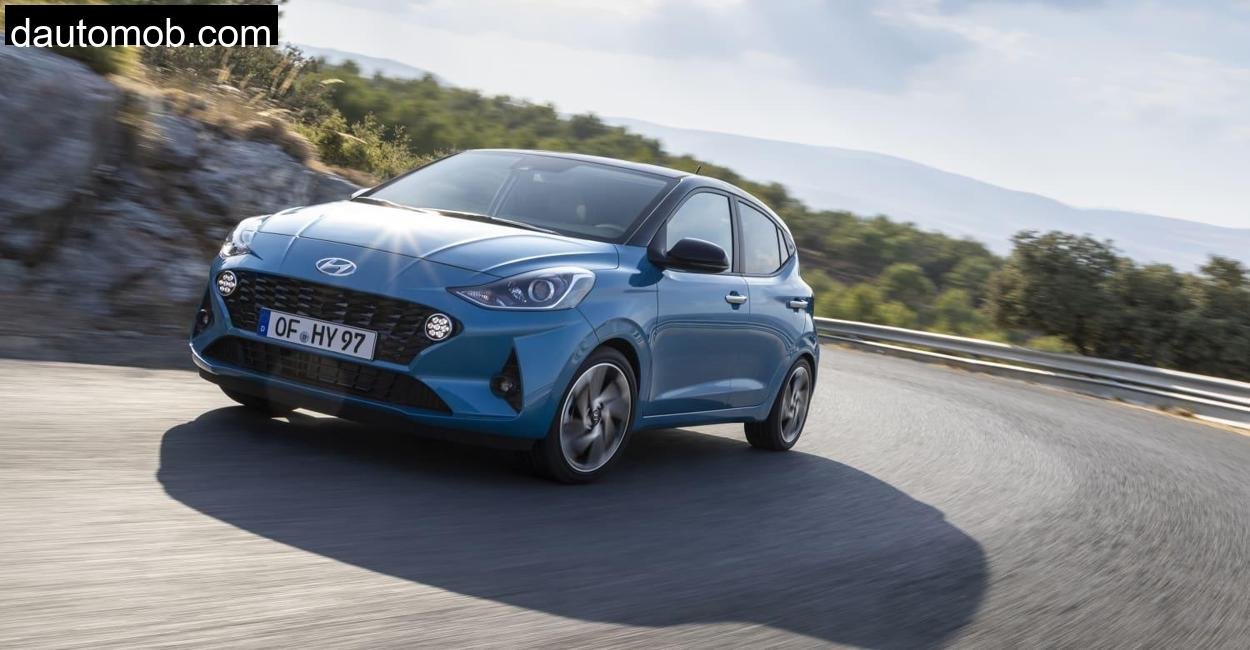When we drove into the heart of the Stromberg region, a quiet, forested swell of hills in southern Germany, there was a damp chill in the air and mud under our boots. It had rained the night before, and the narrow, rutted forest tracks were soft, slippery, and about as far from Autobahn glory as a car could get. Perfect conditions, then, for the Suzuki Jimny.
This wasn’t a car built for speed. It wasn’t meant to cruise, to glide, or to pamper. But as I clambered into the Jimny’s boxy cockpit, I smiled, because this was something else entirely. The Suzuki Jimny is one of the last unapologetic off, roaders. A mechanical throwback in the age of screens and sensors. And out here, in the rugged, root, strewn forest paths of Stromberg, it made a lot of sense, until it didn’t.
The Last of a Dying Breed: Jimny’s Backstory
The Jimny is one of those rare machines that makes an instant impression. Its square silhouette, cheerful round headlights, and short, overhang posture look like a toy, until you look beneath. Underneath, it’s all business: ladder frame, rigid axles front and rear, selectable low, range four, wheel drive.
This latest version, technically a “commercial vehicle” now thanks to Europe’s emission rules, has done away with the rear seats and airbags in exchange for a flat cargo floor and commercial vehicle classification. It may only seat two, but that hasn’t changed its off, road DNA.
Back when Suzuki first re, released the Jimny as a passenger vehicle, demand far exceeded supply. But emission regulations pulled it from shelves in 2020. Now it’s back as a utility vehicle, leaner, meaner, and a little less safe.
What It’s Like to Drive the Jimny Around Stromberg
We started our route on the edge of Stromberg, winding up into the densely wooded Hunsrück foothills. On paved surfaces, the Jimny immediately felt compromised. The steering was vague, more a suggestion than a command, and at higher speeds, the Jimny wandered like a distracted sheepdog. The engine buzzed loudly even at 80 km/h, and at 100 km/h, we were shouting over the noise. The five, speed gearbox lacked a sixth cog, and the 1.5, liter naturally aspirated petrol engine, though brave, felt under pressure on long inclines.
But then the tarmac ended. We nosed into the wet forest, past where the tractors turned around, and everything changed.
With one quick tug of the second stubby lever beside the gear stick, I engaged low, range 4WD. Suddenly, the bouncing and jerking of the road became performance, not punishment. The Jimny’s short 2.25, meter wheelbase let it pivot through tight switchbacks between trees. The suspension, while jittery on road, soaked up deep puddles and rocky tracks with calm defiance. Articulation? Excellent. Ground clearance? A full 21 centimeters. We crawled up a slick, muddy slope that had swallowed an old Mercedes GLC the week before.
The Jimny simply didn’t care.
Interior: Utility with a Hint of Charm
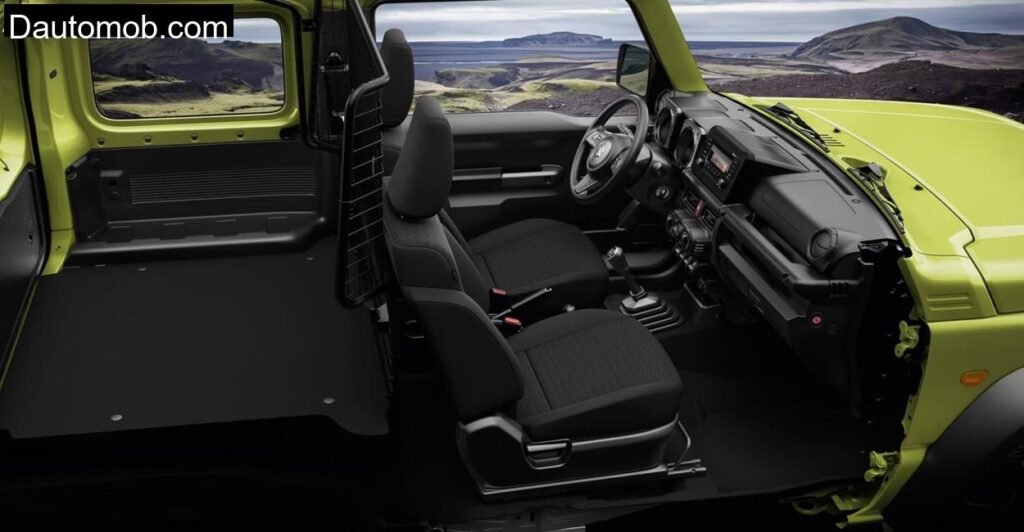
Inside, the Jimny is Spartan but strangely welcoming. The upright dash is simple, with chunky knobs and big buttons you can use with gloves on. There’s no touchscreen, just a straightforward DAB+ radio and a small display. There’s no reversing camera, no lane assist, no heated steering wheel. You get a high seating position, decent visibility thanks to massive windows, and the slightly nostalgic feel of an old, school 4×4.
Storage is minimal. The glovebox is small. The door pockets are narrow. But in place of rear seats, you get a flat loading floor and a cargo area big enough for about 935 liters of gear. I carried a full, sized mountain bike, front wheel off, and it just barely fit inside diagonally, with the bars turned.
The downside? No bulkhead protection in the event of a crash. The official explanation for the missing side and head airbags is that the partition makes it structurally unfeasible, but it’s hard not to think safety was sacrificed for convenience.
Performance in the Real World
On paper, the Jimny’s specs are modest. It has just 102 horsepower, a top speed of 145 km/h, and gets from 0 to 100 km/h in 12.8 seconds, if you’re patient. What matters more is how it puts that power down. The 130 Nm of torque feels more effective than it should be, particularly when crawling uphill on loose surfaces. The naturally aspirated engine revs freely but loudly.
But fuel efficiency is poor. Even with a featherlight right foot, I couldn’t coax it under 8 liters per 100 km. On the Autobahn, it easily topped 9.5 l/100 km. That’s thirsty, even for a ladder, frame off, roader. Emissions are rated at 173 g/km CO₂, very high for a car this small.
The brakes are another issue. From 100 km/h, the stopping distance was nearly 44 meters. That’s long, too long. On winding rural roads outside Stromberg, that didn’t exactly inspire confidence.
Yet when it came to clawing its way up a jagged slope or squeezing between mossy boulders, the Jimny never faltered. The approach angle of 37 degrees and departure angle of 49 degrees mean there’s almost no hill it won’t try to climb. And with just 1.165 tons to move, it’s light enough not to sink in the muck.
Ride Comfort and Handling: An Old Soul
The Jimny is fun. Not in a hot, hatch, whip, around, a, roundabout kind of way. But in a playful, analog, you, and, the, machine sort of way. You feel everything, the road, the wind, the terrain under your tires.
But fun has its limits. The ride is bouncy, the steering vague, and body roll is generous. On sharp bends near Stromberg’s vineyards, the Jimny leaned heavily and felt unsettled. Any quick evasive move triggered aggressive ESP correction. In the ADAC moose test, it struggled. That tracks with what I felt.
Lighting is another drawback. The halogen headlights are feeble, particularly on foggy evenings in the forest. I found myself relying heavily on high beams and still didn’t feel like I had full visibility. It’s not a car for night drives or highway tours.
But I didn’t want to drive it fast. I wanted to crawl, to explore, to stop and look around. The Jimny invites that.
Suzuki Jimny Technical Specifications
We ensure precision by sourcing all Suzuki technical info instantly from their official site.
| Specification | Suzuki Jimny NFZ 1.5 Comfort ALLGRIP PRO |
| Engine Type | 1.5L Naturally Aspirated Petrol (Otto) |
| Displacement | 1,462 cc |
| Power (kW / hp) | 75 kW / 102 hp |
| Torque | 130 Nm @ 6,000 rpm |
| Drive Type | Selectable All, Wheel Drive |
| Transmission | 5, speed Manual |
| Acceleration (0, 100 km/h) | 12.8 seconds |
| Top Speed | 145 km/h |
| CO₂ Emissions (WLTP) | 173 g/km |
| Fuel Consumption (WLTP, Combined) | 7.7 l/100 km |
| Real, world Fuel Consumption | ~8.4 l/100 km (up to 9.8 on highway) |
| Length x Width x Height | 3,645 mm x 1,645 mm x 1,705 mm |
| Ground Clearance | 210 mm |
| Turning Circle | 10.6 meters |
| Braked Towing Capacity (12%) | 1,300 kg |
| Unbraked Towing Capacity | 350 kg |
| Trunk Volume | 935 liters (as two, seater) |
| Empty Weight | 1,165 kg |
| Payload | 270 kg |
| Base Price (Germany) | €29,490 |
Conclusion: You’ll Love It, If You Know What You’re Getting Into
The Suzuki Jimny is not a modern SUV. It’s not a daily cruiser. It’s not good on highways. It’s loud, thirsty, jittery, and pretty spartan. But if you love the idea of a proper 4×4 that’s barely wider than a city car and can go places even a Land Rover might think twice about, this is your car.
In Stromberg’s thick woodland, it felt at home. But back on the road, the flaws were too obvious to ignore: poor brakes, weak headlights, questionable crash safety, and a ride that belongs to another era.
Still, there’s something deeply honest about the Jimny. It doesn’t pretend to be more than it is. It’s a mountain goat with wheels, a working tool for real off, roaders, and one of the few cars today that still makes you feel connected to the terrain.
Is the Jimny a good daily driver?
Not really. It’s loud, thirsty, and not very refined. But it’s easy to park and charming in the city, if you can tolerate the noise and ride.
How safe is the Jimny?
The commercial version lacks side and head airbags, which significantly impacts crash safety. Braking distances are also long, and stability at speed is limited.
Can the Jimny tow a trailer?
Yes, it can tow up to 1,300 kg braked or 350 kg unbraked. Just don’t expect quick acceleration while towing.


